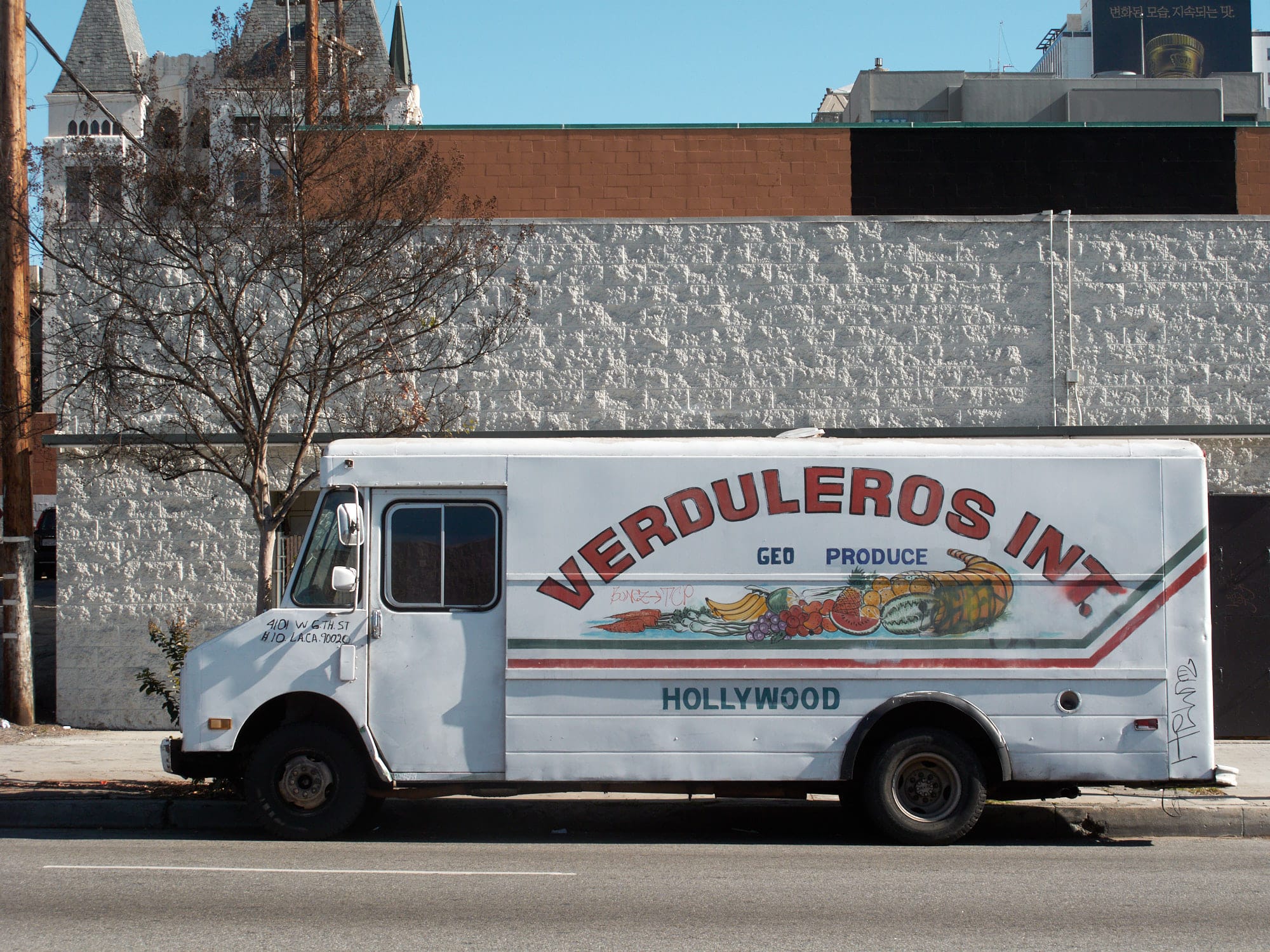13 | Vernacular Type
This installment of +Process is about intentional observation, the democratization of design, and it's potential role in a social movement.


This installment of +Process is about intentional observation, the democratization of design, and it's potential role in a social movement.
I've always been a visual learner. For as long as I can remember, the colors, patterns, and compositions of my neighborhood fascinated me. Before I knew what design was I was drawn to it on the storefronts, signs, and walls of Los Angeles. The multilingual letterforms, unintentional juxtapositions, and ever present graffiti provided an unorthodox introduction to traditional typographic concepts like hierarchy and layout. Growing up in areas like Koreatown, Hollywood, and Mid-City cultivated an understanding of design informed by the often handcrafted, always functional, visual language that is a reflection of the diverse communities that make the city special.



Although my interest in design (graphic design specifically) started when I was very young, my path to being a working professional was anything but straightforward. I enrolled in the Visual Communications program at Los Angeles Trade Tech when I was 19. That was the most accessible path available to me at the time so I signed up and dove in. It was there that I found my first bit of success under the eye of a typography instructor named Mark Cooper.
He was an old school veteran of the ad industry and didn't take any shit or excuses. But despite the hard exterior, he knew how to connect with his students. The class was difficult but I embraced the challenge, even earning a scholarship my first semester there. Unfortunately my stay was brief, as later that year my father became terminally ill and I had to leave the program. Although I never returned to Trade Tech, the experience was a critical part of my evolution as a creative.
As I continued to study and gain experience as a visual creative, I kept returning to the influences that got me started on this path. The streets and walls of Los Angeles are a constant source of inspiration that remain centered in my work. From the typographic hierarchy of neighborhood signage to my drawings that are an extension of the graffiti black books I filled in my youth, my approach to design is linked to the functional aesthetic of my community.
The idea that design (and the arts in general) can be of service to the community instead of being imposed on it is often overlooked. Graphic design is often linked to corporate advertising and is rarely seen as a way to directly communicate with and inspire people on the street. We are currently living through a period in history where that capability is more important than ever.
Every successful social movement has an aesthetic that’s rooted in effective visual communication. From the iconic signage of the Memphis Sanitation Worker's Strike to the illustrations used by the Black Panther Party (by the legendary Emory Douglas), great design can amplify grassroots movements in incalculable ways. Serving more than a decorative role, they amplify messages, communicate complex ideas, and lend legitimacy to causes. We have the tools and the templates to fight for what we believe in and creativity is an integral part of the effort, let's make shit!
